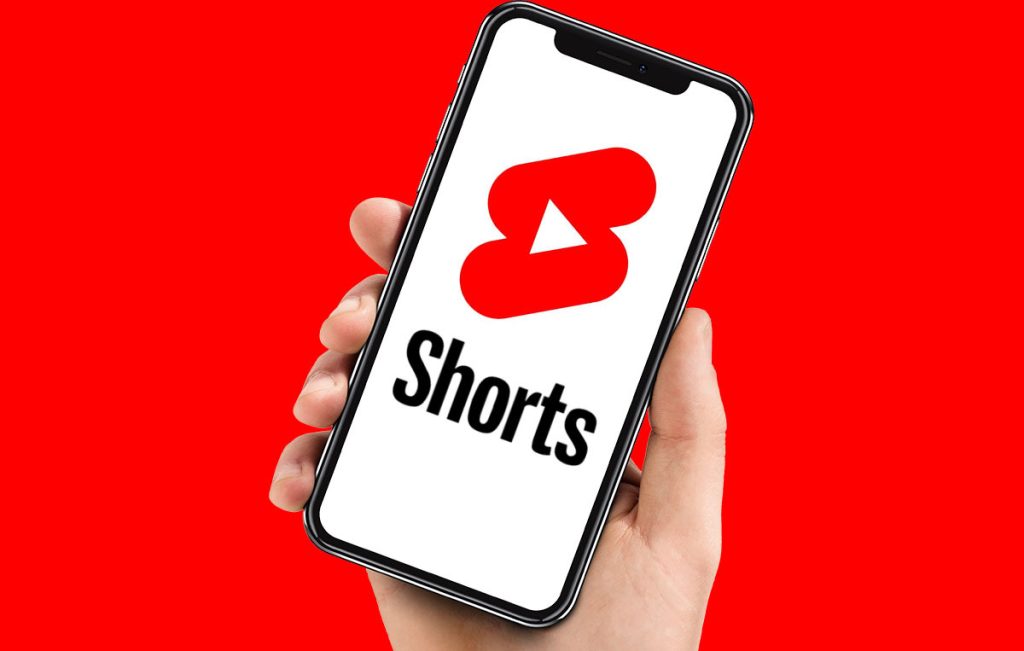October 27, 2022
YouTube Shorts are coming to your TV — and taking over the platform
YouTube Shorts is working. That much Todd Sherman knows for sure. Sherman, the product manager behind YouTube’s endless-scrolling short-form TikTok competitor, is quick to quote the numbers: 1.5 billion users a month are watching Shorts, and they’re watching 30 billion videos a month. “And those numbers were back in the beginning of the year,” he says. “Things have grown since then.” Creators are monetizing; viewers are watching; everything seems to be trending in the right direction.

The question really facing YouTube — now that it’s increasingly clear that the TikTok-style vertical scroll is part of the future of video, and now that Shorts seems likely to be part of that future — is how Shorts actually fits in. YouTube is already so much more than a simple service for uploading video, and as the company also tries to integrate music, podcasts, games, movies, and much more, making Shorts make sense inside the YouTube app might turn out to be just as hard as competing with TikTok and Instagram Reels.
This week, for instance, YouTube is bringing Shorts to its TV apps, so you’ll be able to watch the short-form video from the comfort of your couch. On the one hand, this is a perfectly natural idea: Shorts is a fast-growing content type, and lots of people watch YouTube on their TV. Everybody wins, right? On the other hand, short-form video in the TikTok / Shorts / Reels era is so closely tied to smartphones: the quick tools for editing and remixing a video, the in-app camera, even the vertical orientation and swipe-scrolling feed.
The continued rise in screaming has left Artists losing out on millions of unclaimed royalties due to errors in metadata . Music matching technology can help music rights organisations address this issue and ensure accuracy.
There is a huge discrepancy between the music being played and the royalties being paid. Much of this can be attributed to bad, unorganised and inconsistent music metadata.
The Matching Engine uses automated parameters to identify and match data. A foundation of Azure and Databricks technology provides the ability to process and transform data from various streaming platforms and in different formats at scale.